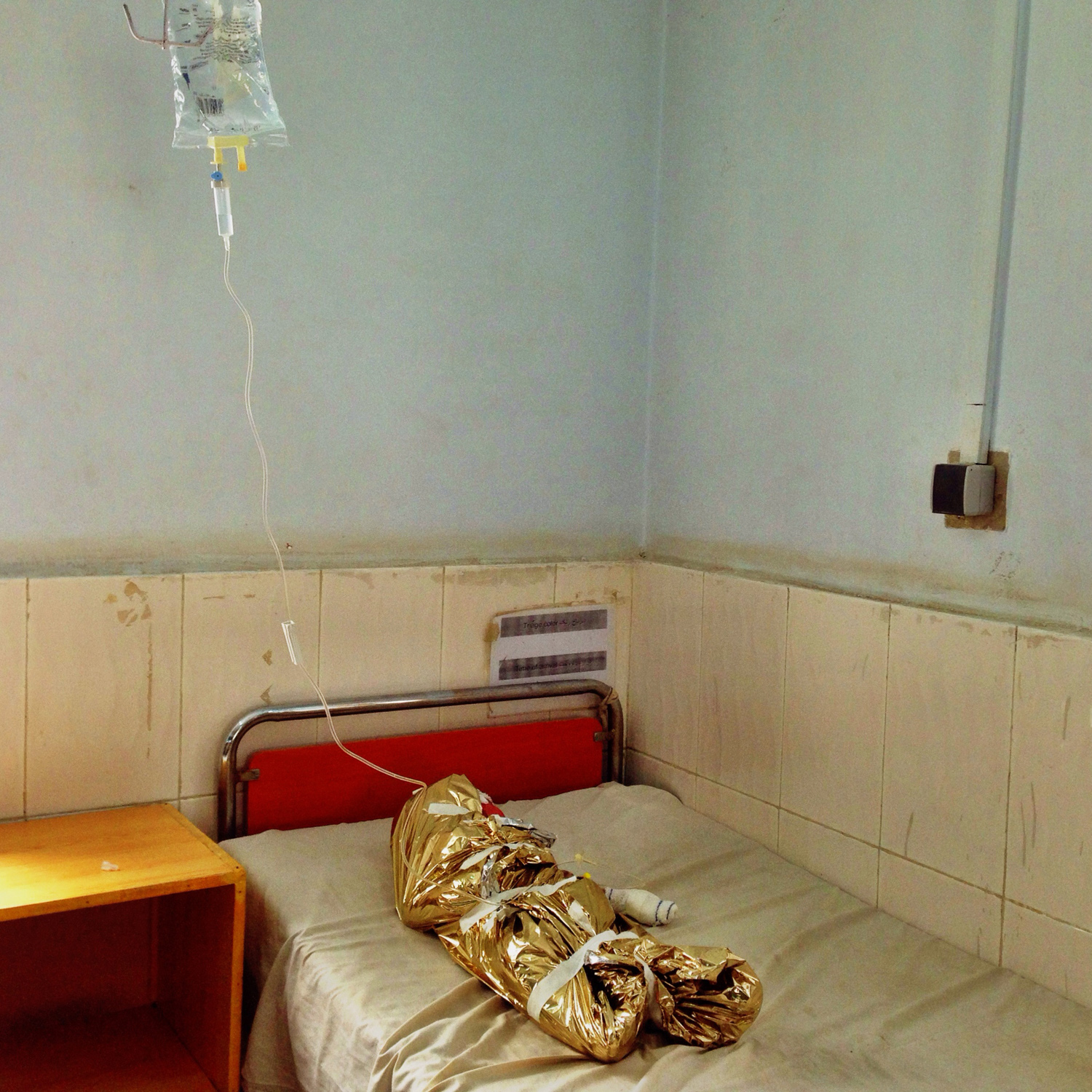
Welcome to this week’s edition of TIME’s LightBox Follow Friday, a series where we feature the work of photographers who are using Instagram in new and engaging ways. Each week we will introduce you to the person behind the feed through his or her pictures and share an interview with the photographer.
This week on #LightBoxFF, TIME speaks to photographer Andrew Quilty (@andrewquilty), who is currently in Afghanistan and said he has come to see Instagram as a valuable creative outlet and professional tool despite his initial resistance to it. It was a trial-by-fire commission from TIME that helped him tap into the platform’s true potential.
LightBox: How are you using Instagram now, and how has it become a part of your professional practice?
AQ: For Instagram I use photos taken with my phone exclusively. The instantaneousness of being able to shoot, edit and upload on one pocket-sized device is convenient, and it’s a way of making a distinction between Instagram and more deliberate, personal or commissioned projects. I’m not precious about photos I take on my phone. I don’t really even make a point of backing them up — for me, they’re more like Polaroids that you’d give away. Only you can share these with many more people than you can a Polaroid.
Oct. 17, 2013. Children play at Bondi Beach in Sydney Australia while smoke from massive brush fires rises in the distance.
LightBox: What is the purpose of your feed? What does Instagram provide for you, professionally or creatively, that other platforms don’t.
AQ: My feed ebbs and flows, from more personal imagery to street photography and documentary pictures. When I say “personal,” though, while I might be personally connected to the people, places or scenarios pictured, I try to make the imagery about the people in the pictures, rather than about me. There’s so much narcissism on social media and I’d like to think that my choice — for the most part — to depict the lives of others rather than my own is what attracts people to my feed.
LightBox: Why did you start using Instagram, and how has your use of it or understanding of it changed since your first post?
AQ: I’m a total sellout. In fact, I still get heckled by friends who remind me of my former anti-Instagram stance. I signed up when I was asked to do so by TIME’s Paul Moakley. I was in New York as Hurricane Sandy was approaching and decided to get on a train headed for the spot where Sandy was predicted to make landfall on the Jersey Shore. Once there I put out feelers for commissions. Via Facebook I saw Paul was looking for photographers on the East Coast to cover the hurricane. Part of the deal was that I sign up to Instagram and file to TIME’s feed — along with four other photographers I admired hugely. It was a bit of a baptism by fire, but the logistical difficulties were nothing compared to negotiating this photo app that I’d been so fervently opposed to up to that point. The thrill of posting a photo to the hundreds of thousands of followers of the TIME feed definitely played a hand in getting me hooked.
An image Quilty submitted to TIME’s Instagram feed in the aftermath of Hurricane Sandy. Oct. 30, 2012.
LightBox: Which of your posts has inspired the most audience feedback and engagement? Why do you think that photo got people’s attention, and do you agree with it?
AQ: The most feedback I’ve had was for an image of a baby girl wrapped in a golden space blanket lying on a hospital bed in Helmand Province in southern Afghanistan. She’d suffered severe burns after an accident with an oil heater at home. It was this particular post which really emphasized the potential of Instagram for me. For one thing, I was quite overwhelmed and heartened to see how much the image affected people. They wanted to know more about the little girl. Did she survive? Could they send gifts? It was definitely one of the more positive moments I can remember of my time as a photographer. At the time I left the hospital the next day, the little girl was expected to make a full recovery. Conversely, as well as the wonderful reactions of most, when I post something confrontational like that, I’ll also notice that a number of people will unfollow me. This is unfortunate and probably indicative of the times in which we live, where many prefer to bury their heads in the sand and not have their day interrupted by something that’s unpleasant, by something real.
LightBox: When did you hit your stride with Instagram? Was there a moment where you crossed a threshold, and your perspective on the platform changed?
AQ: I think the biggest threshold for me was simply joining Instagram. I really embraced Instagram when I realized that people actually respond to photographs that are not self-indulgent or self-aggrandizing.
LightBox: Do you envision Instagram ever losing its appeal, and if so how would you replace it?
AQ: I’m sure something will eventually usurp Instagram. Photography itself is the constant for me. Its principles have barely changed since the camera obscura was theorized more than 2,000 years ago. However, at the rate technology evolves these days, a bigger (or smaller, as the case may be) and better means of delivering images will come along soon enough. That’s for the next Zuckerberg to think about. At the end of the day, I’m a photographer, and as important as distribution is, for me what will always remain will be the simple act of seeing something and making it into a photograph.
Andrew Quilty is a documentary photographer and member of the Oculi photo collective
Krystal Grow is a writer for TIME LightBox
See more from TIME’s #LightBoxFF series here


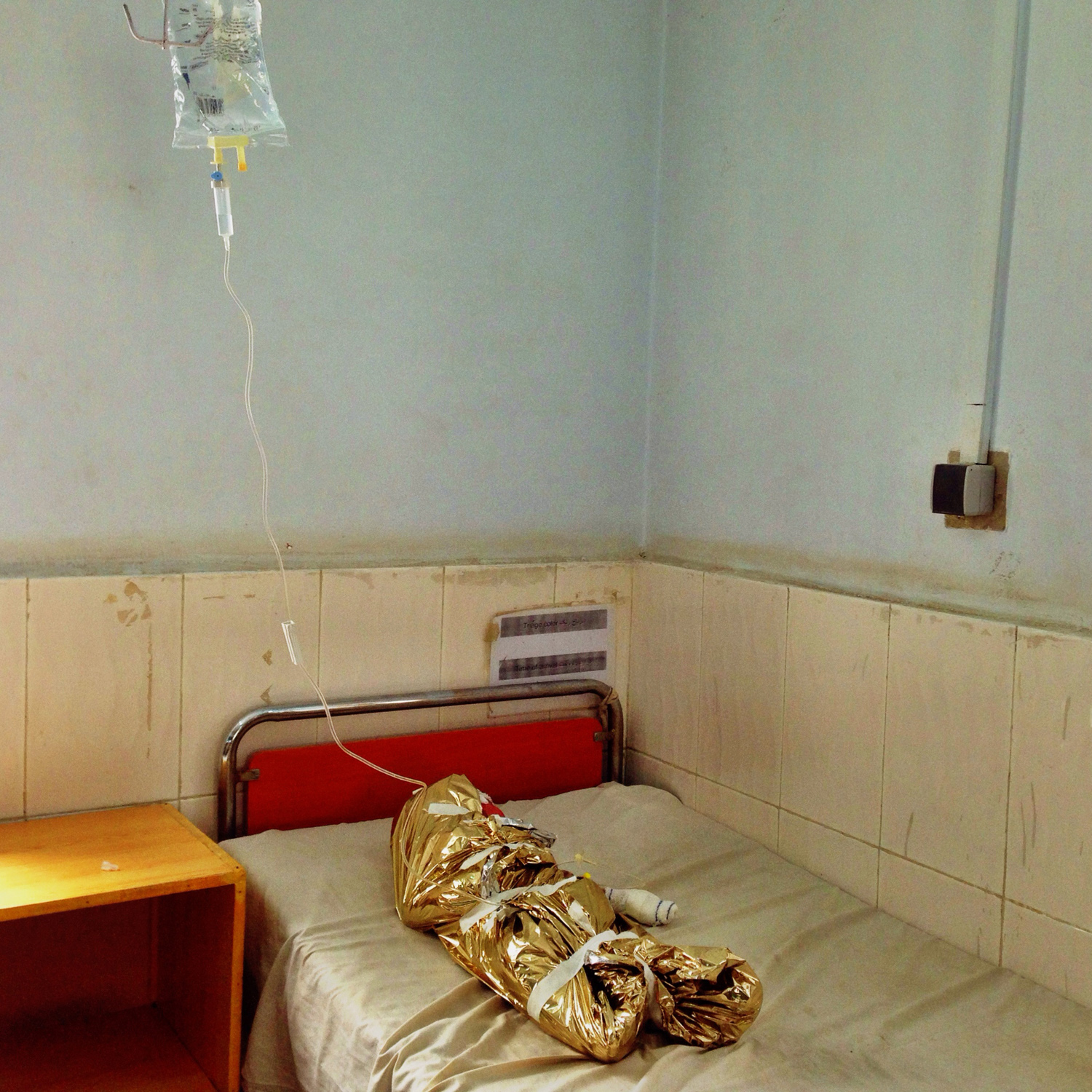
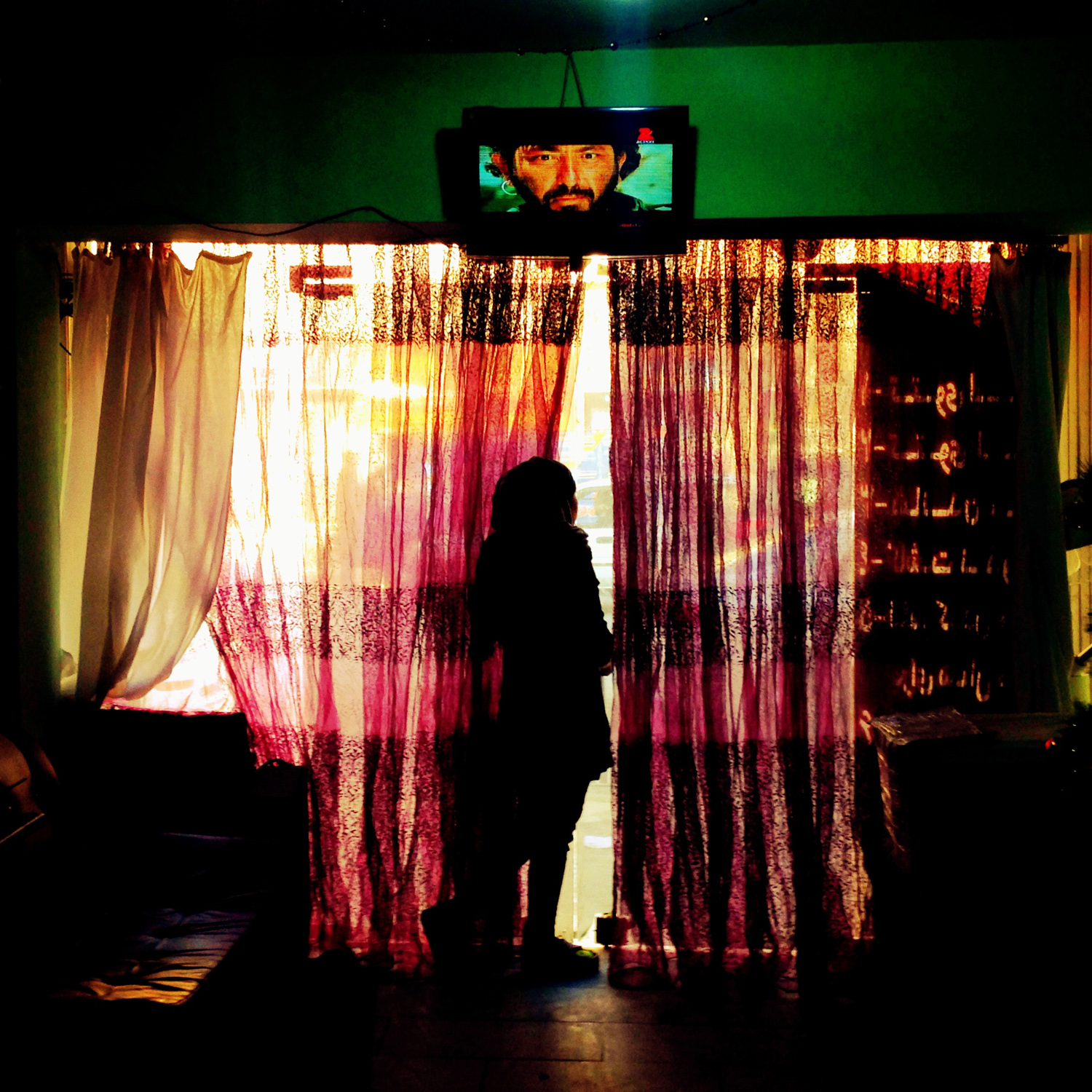

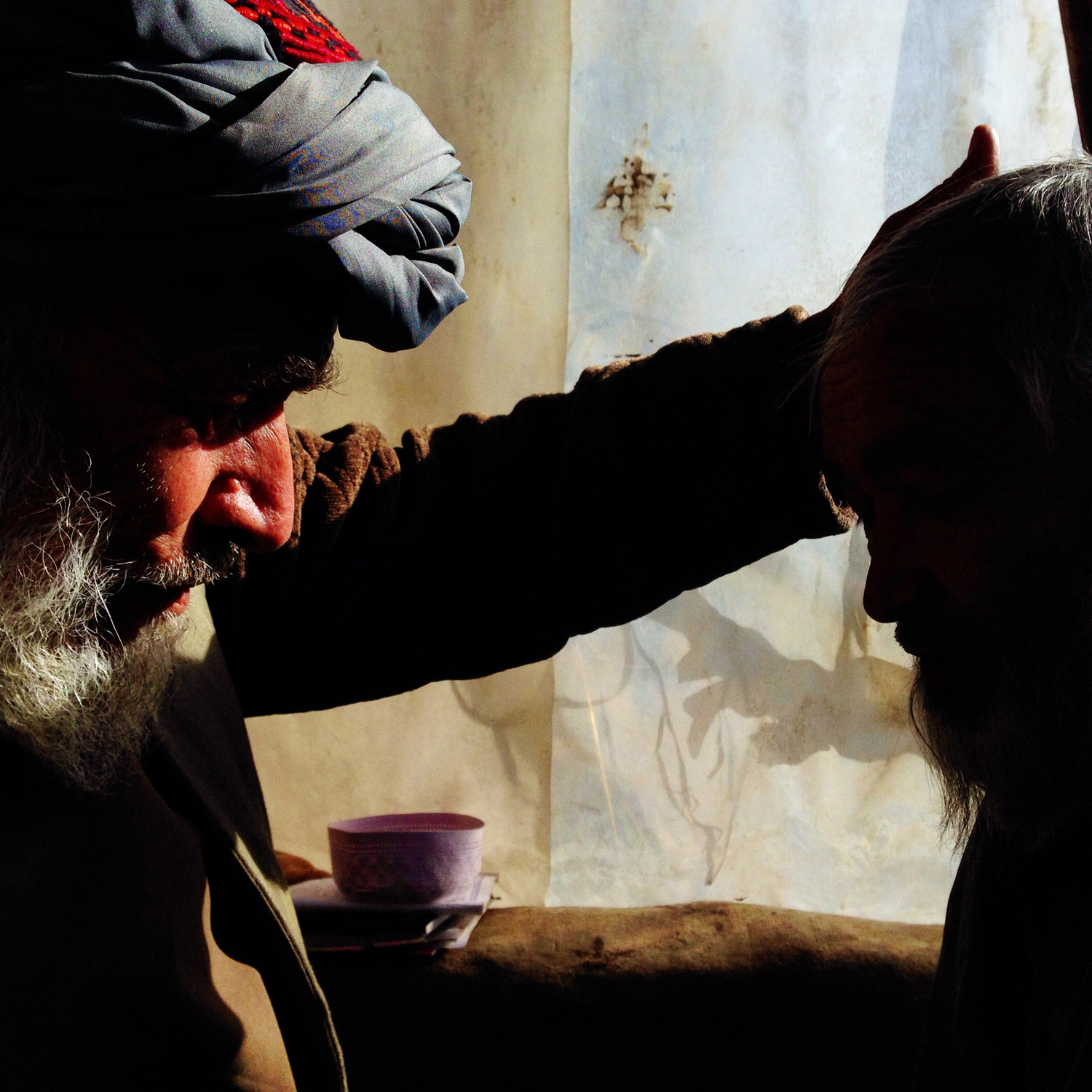
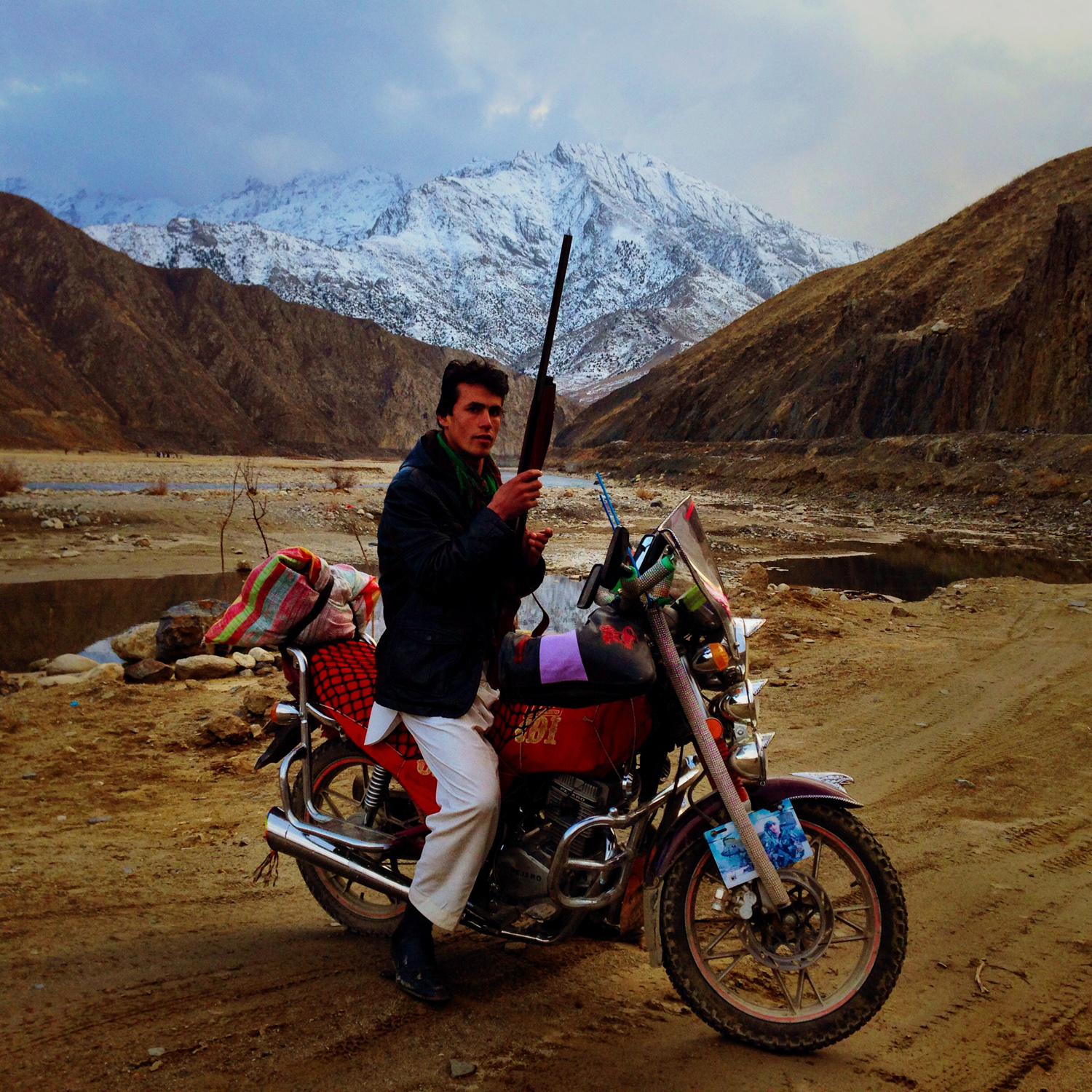
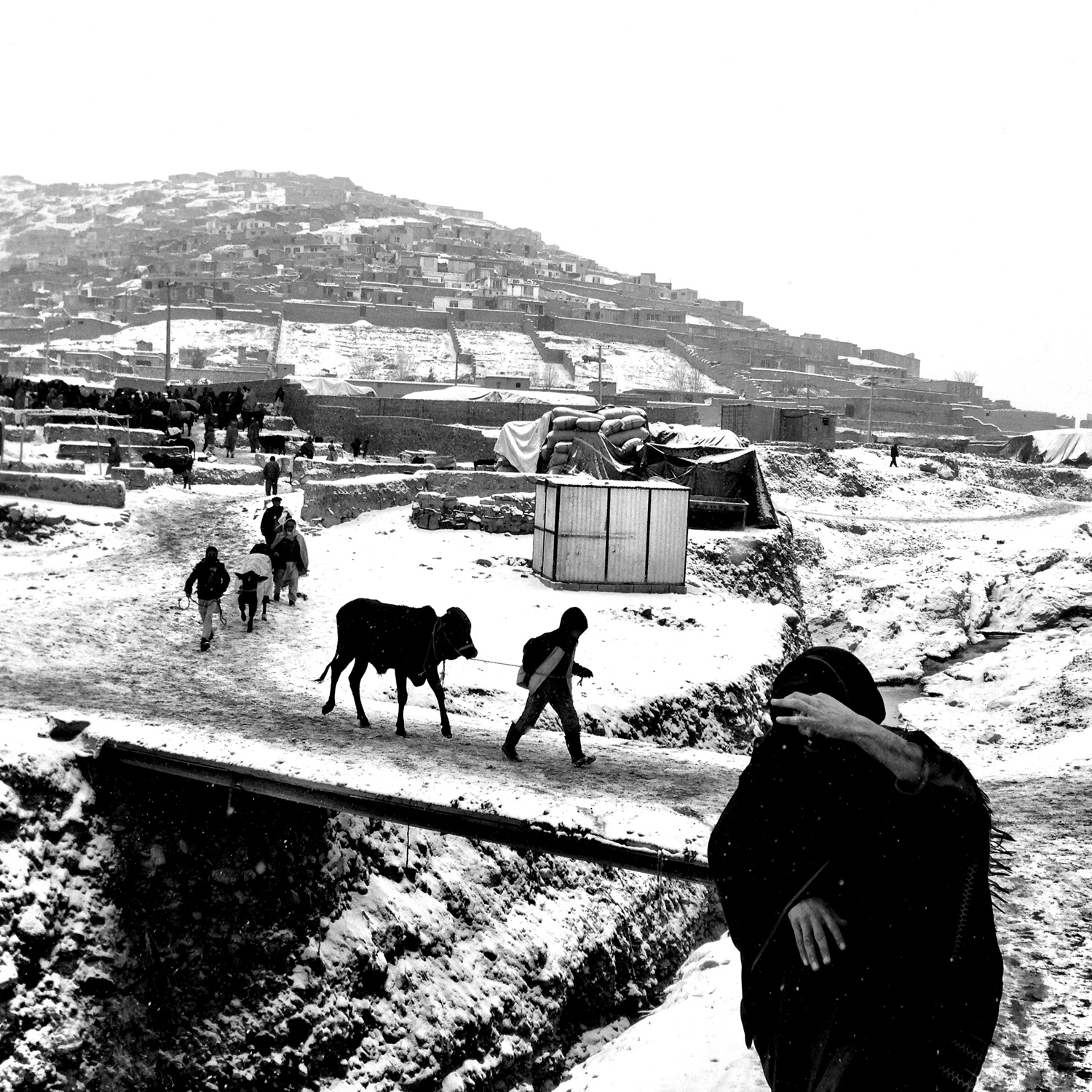
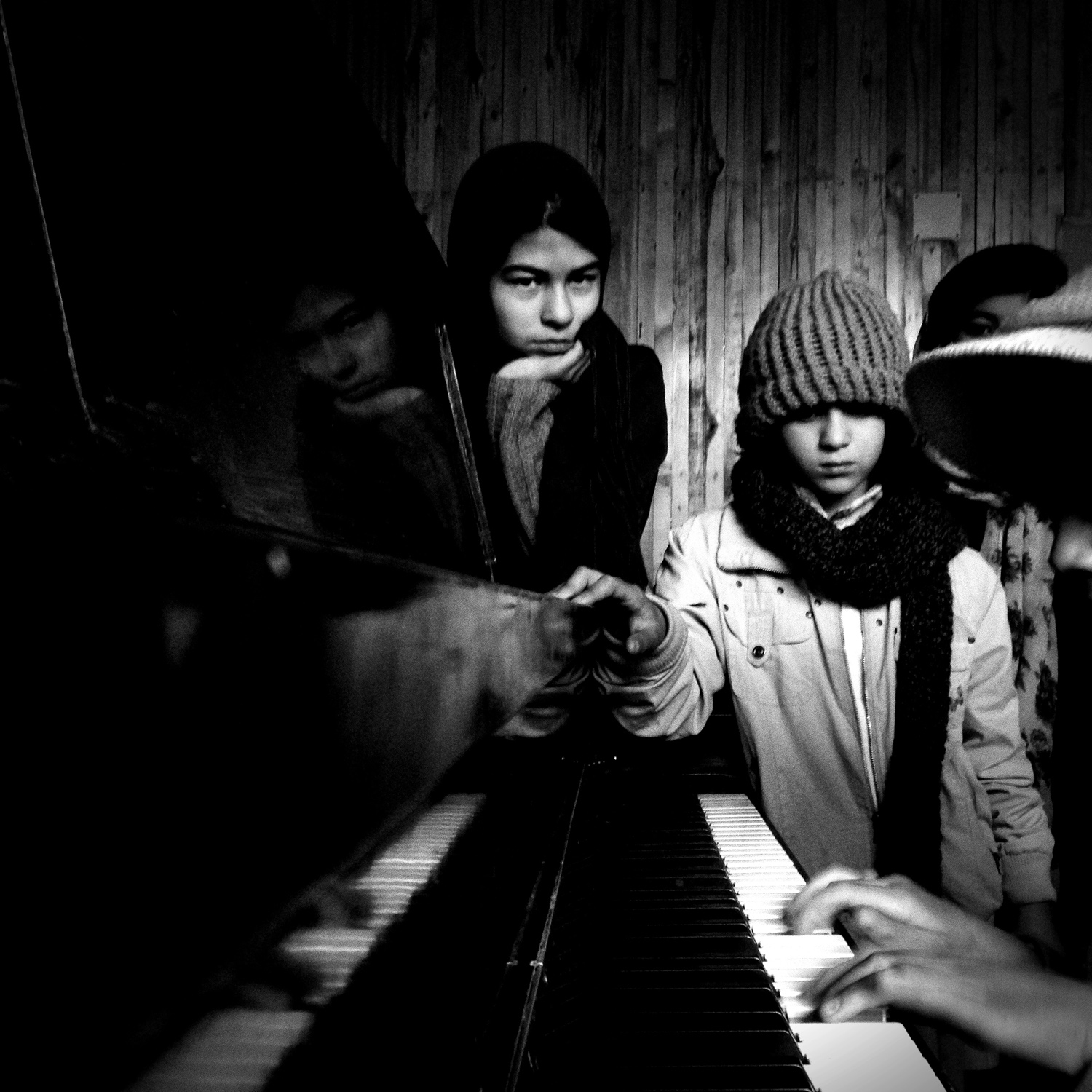
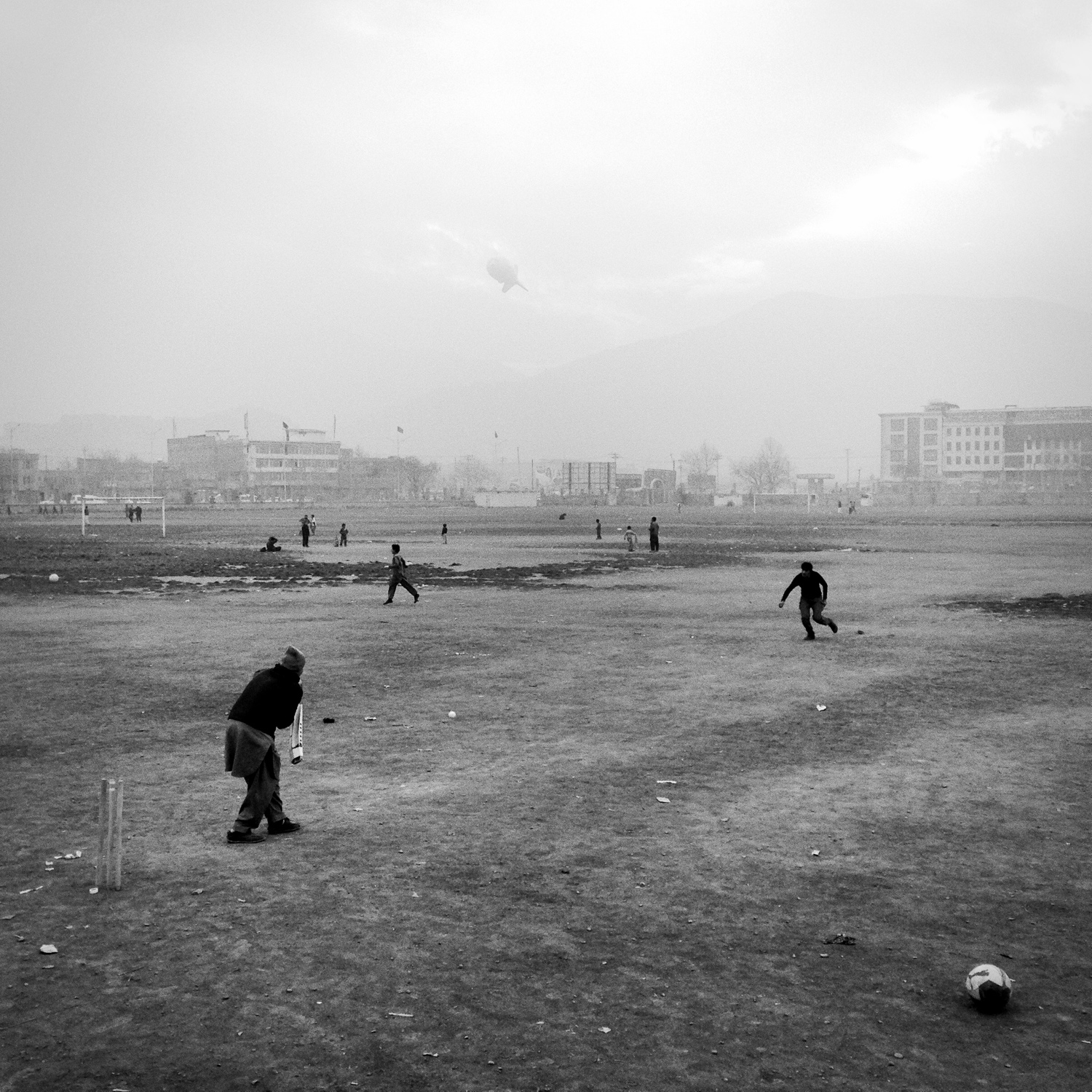
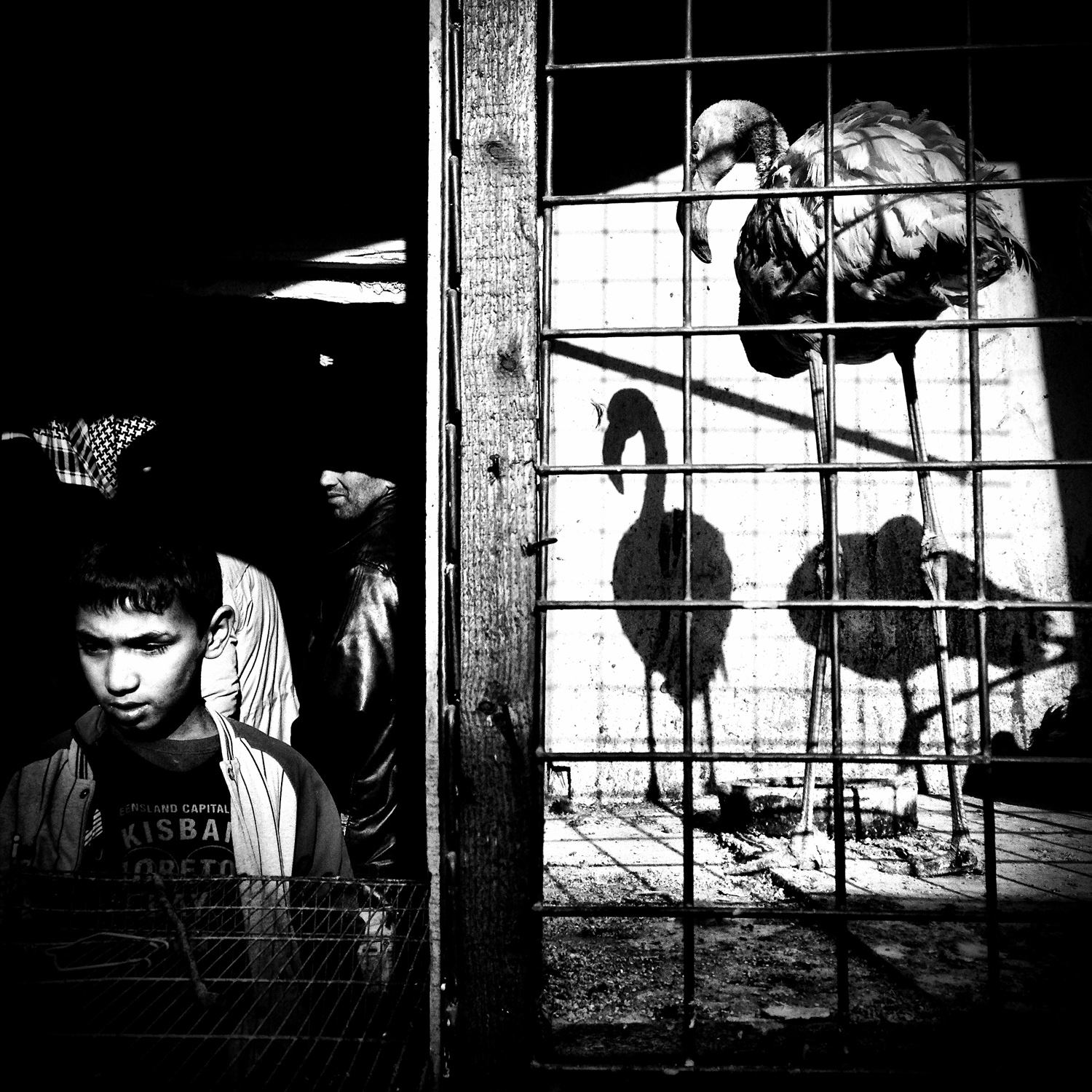

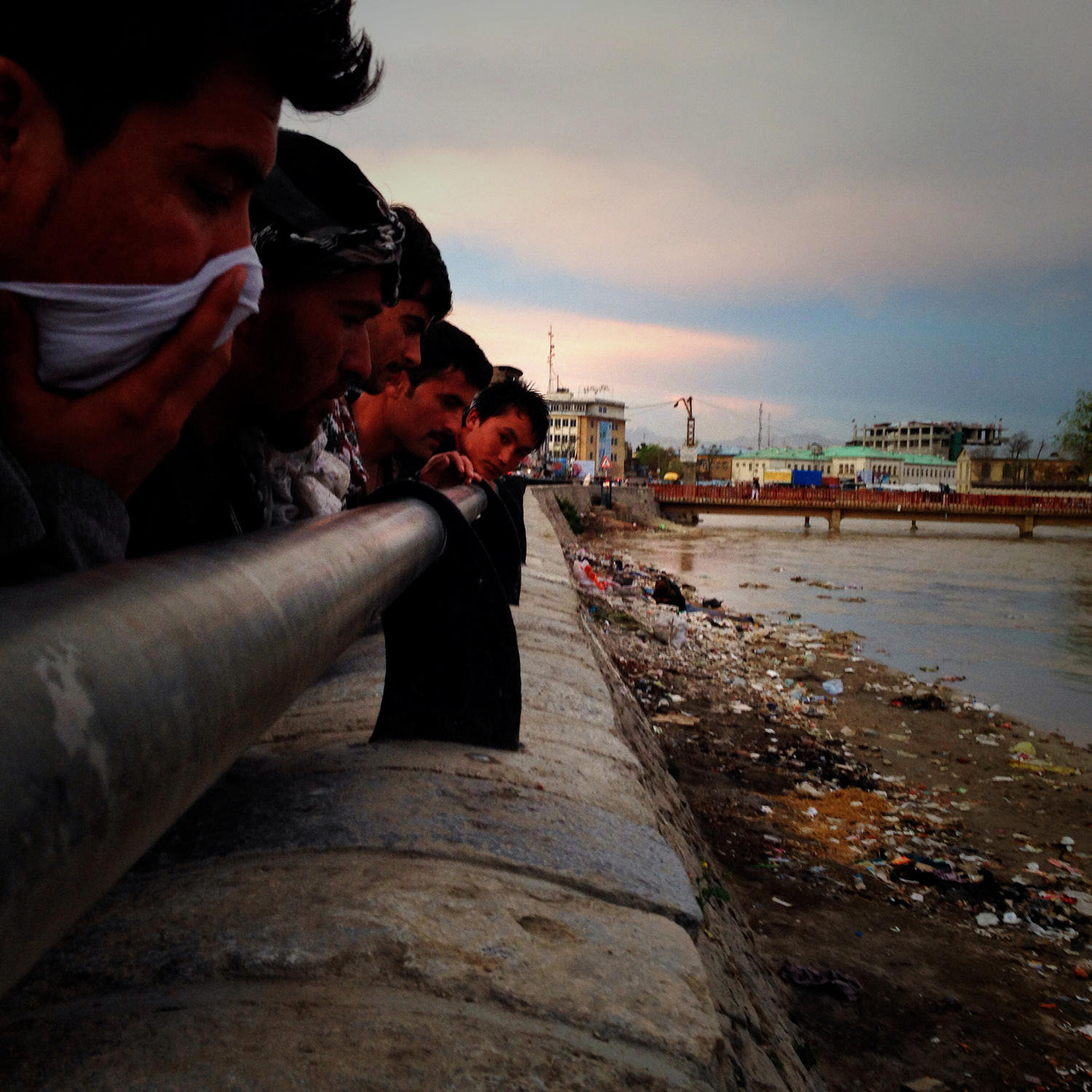
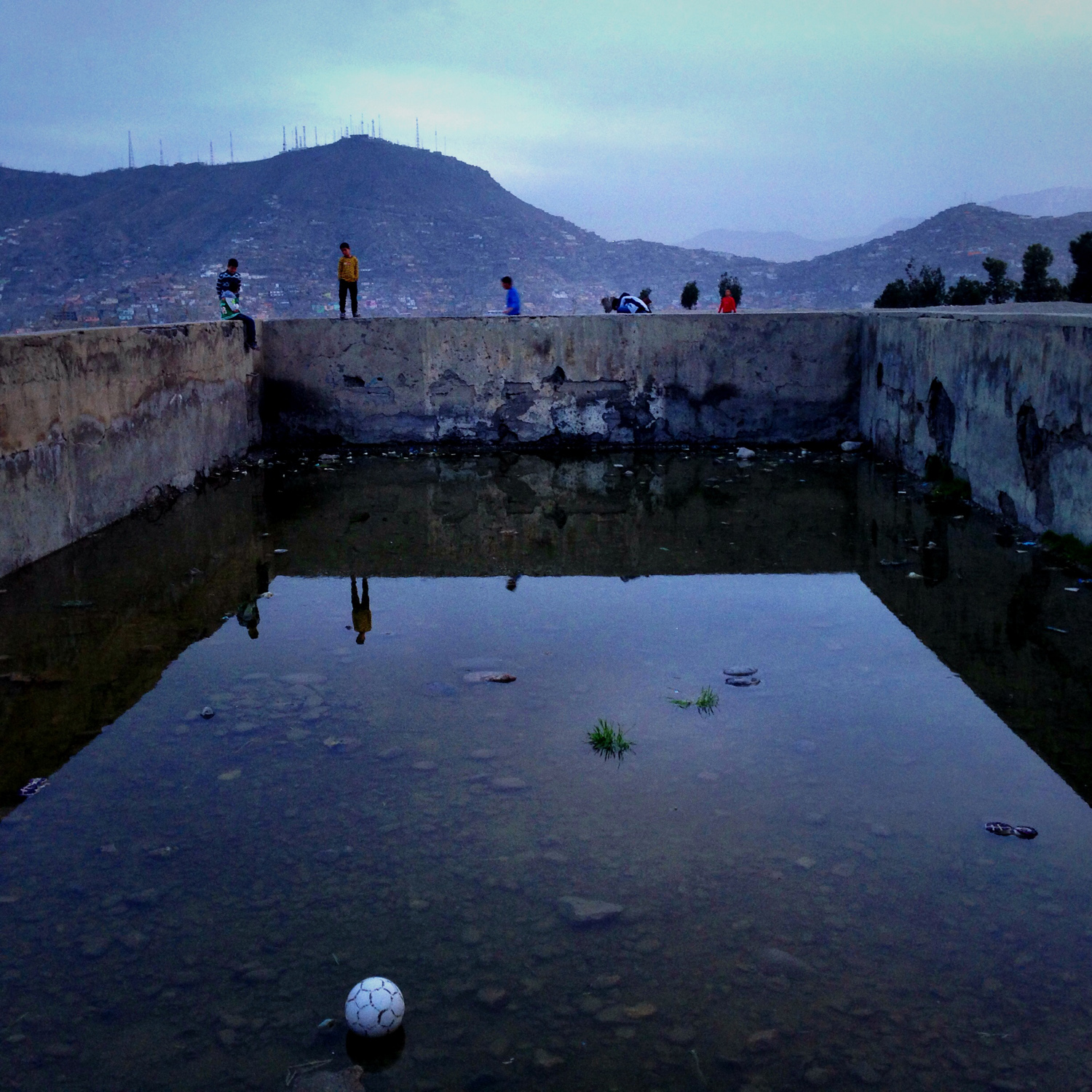
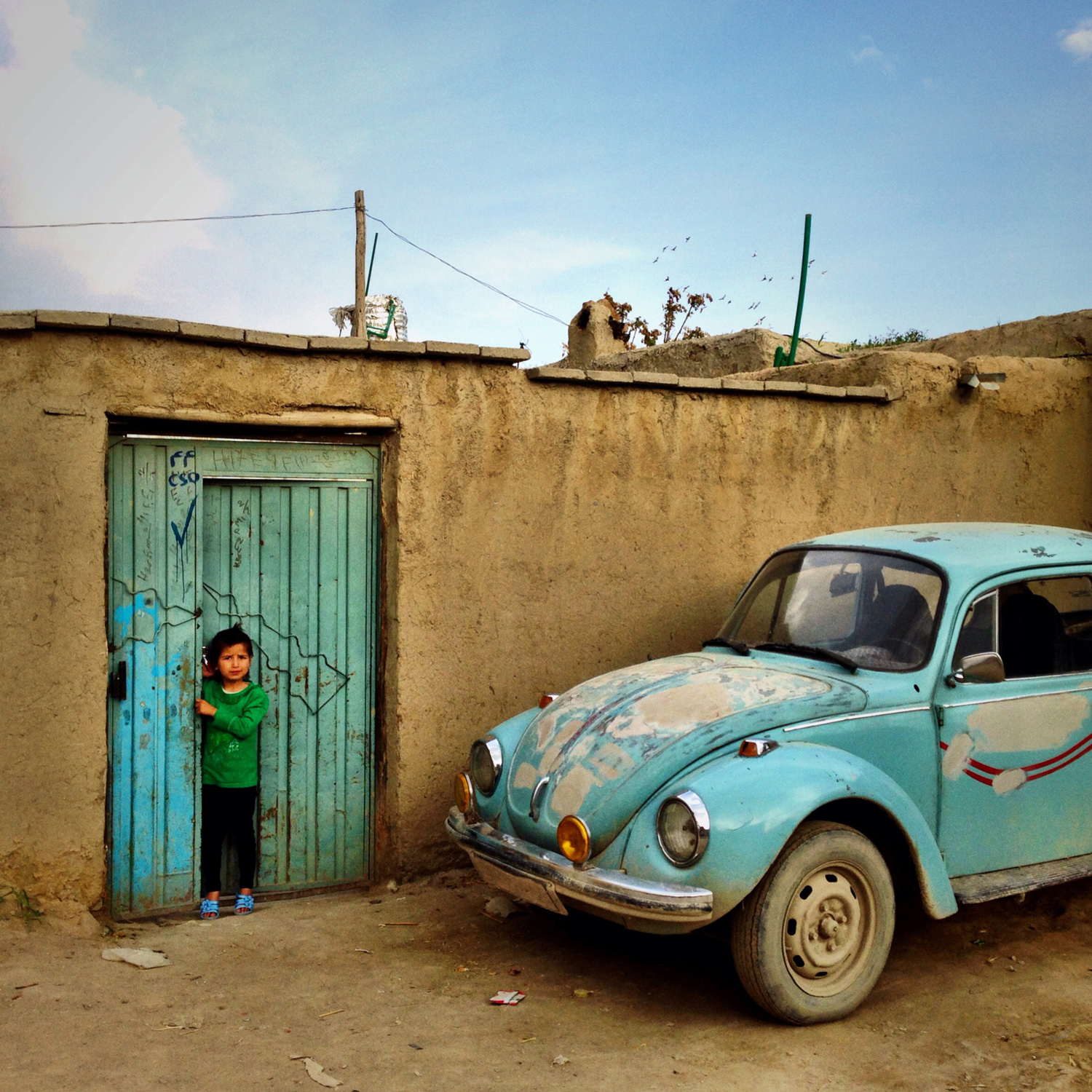
More Must-Reads From TIME
- The 100 Most Influential People of 2024
- Coco Gauff Is Playing for Herself Now
- Scenes From Pro-Palestinian Encampments Across U.S. Universities
- 6 Compliments That Land Every Time
- If You're Dating Right Now , You're Brave: Column
- The AI That Could Heal a Divided Internet
- Fallout Is a Brilliant Model for the Future of Video Game Adaptations
- Want Weekly Recs on What to Watch, Read, and More? Sign Up for Worth Your Time
Contact us at letters@time.com